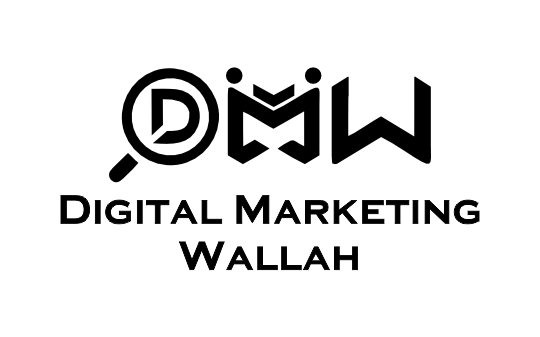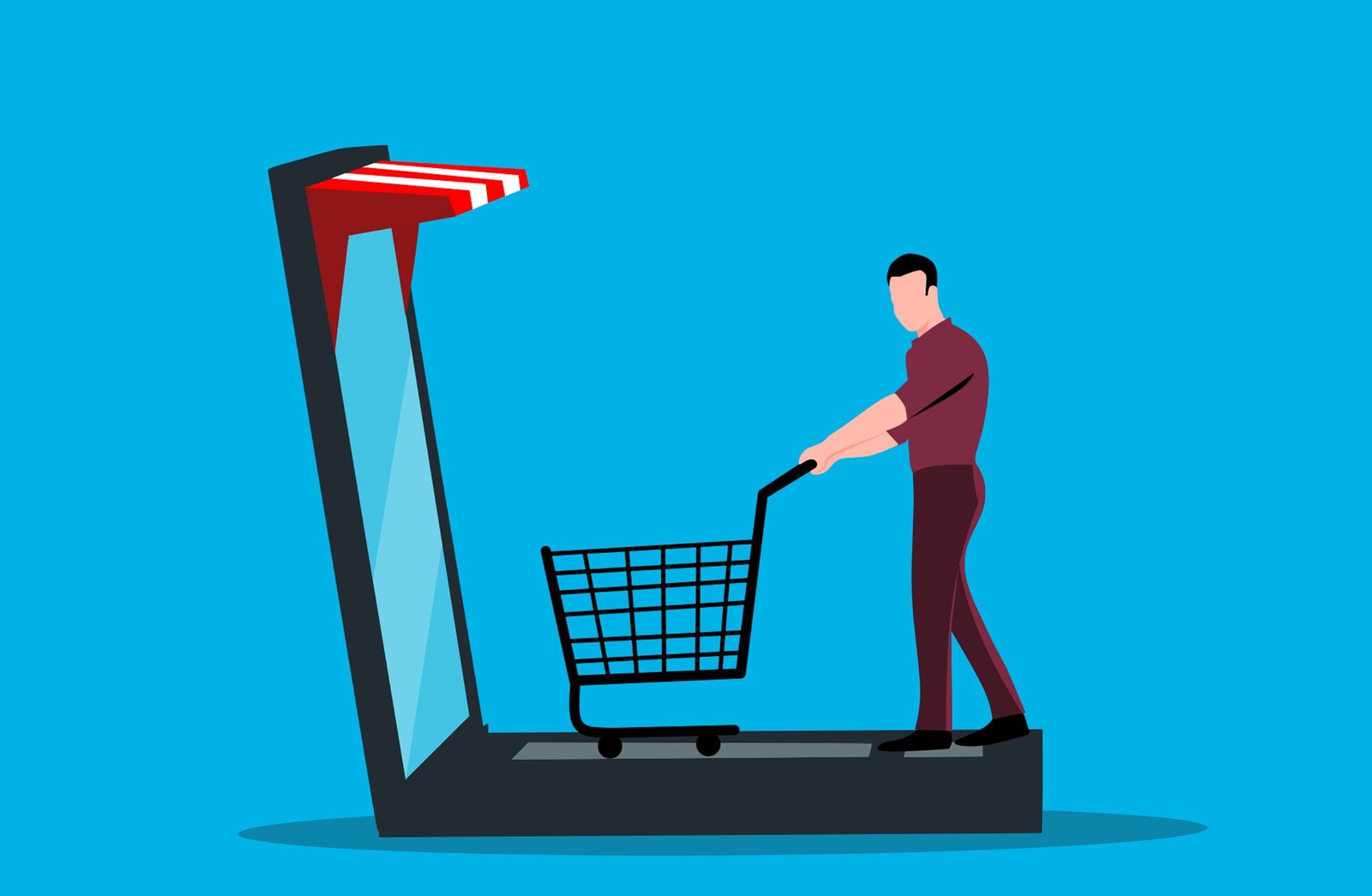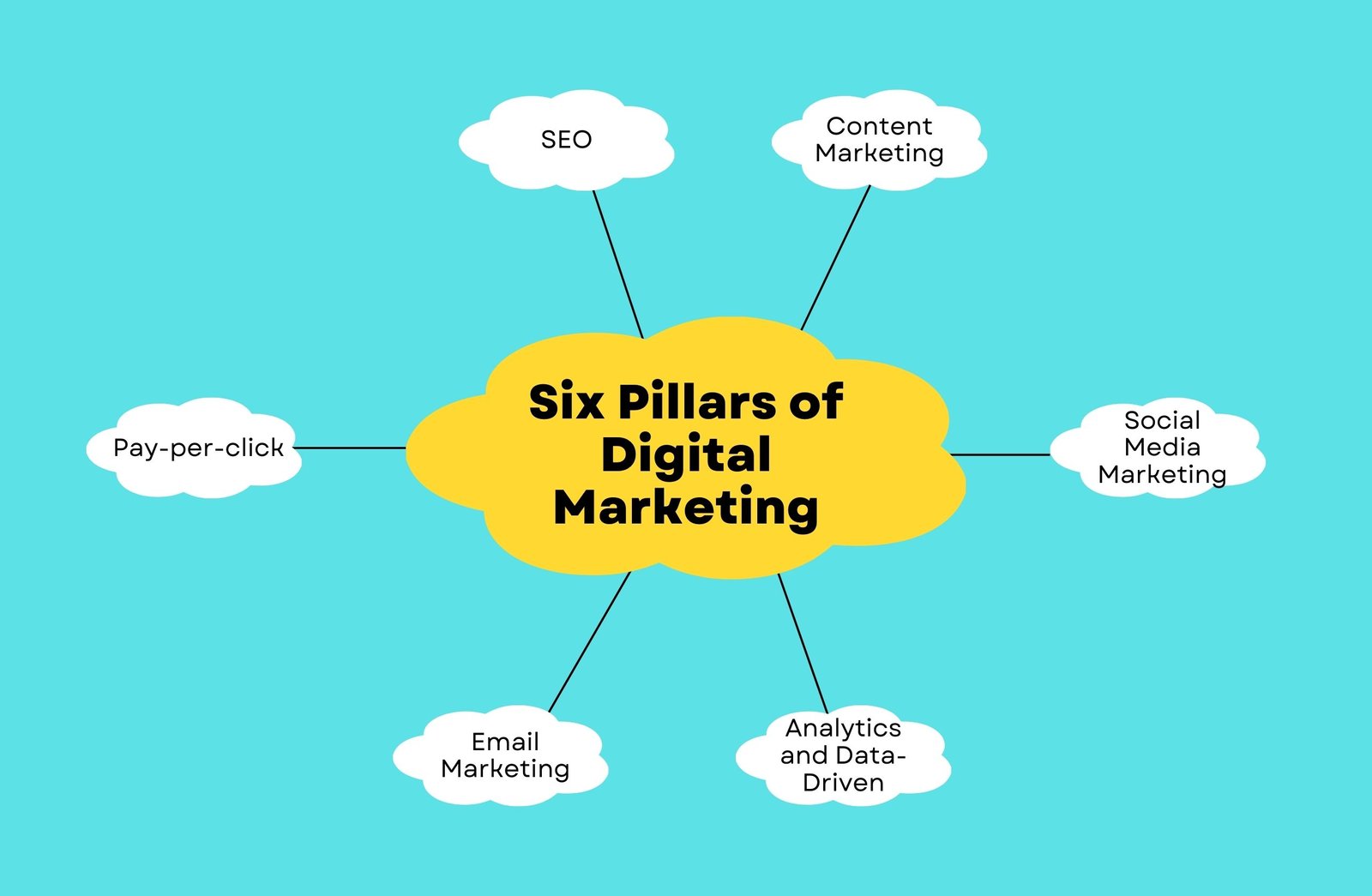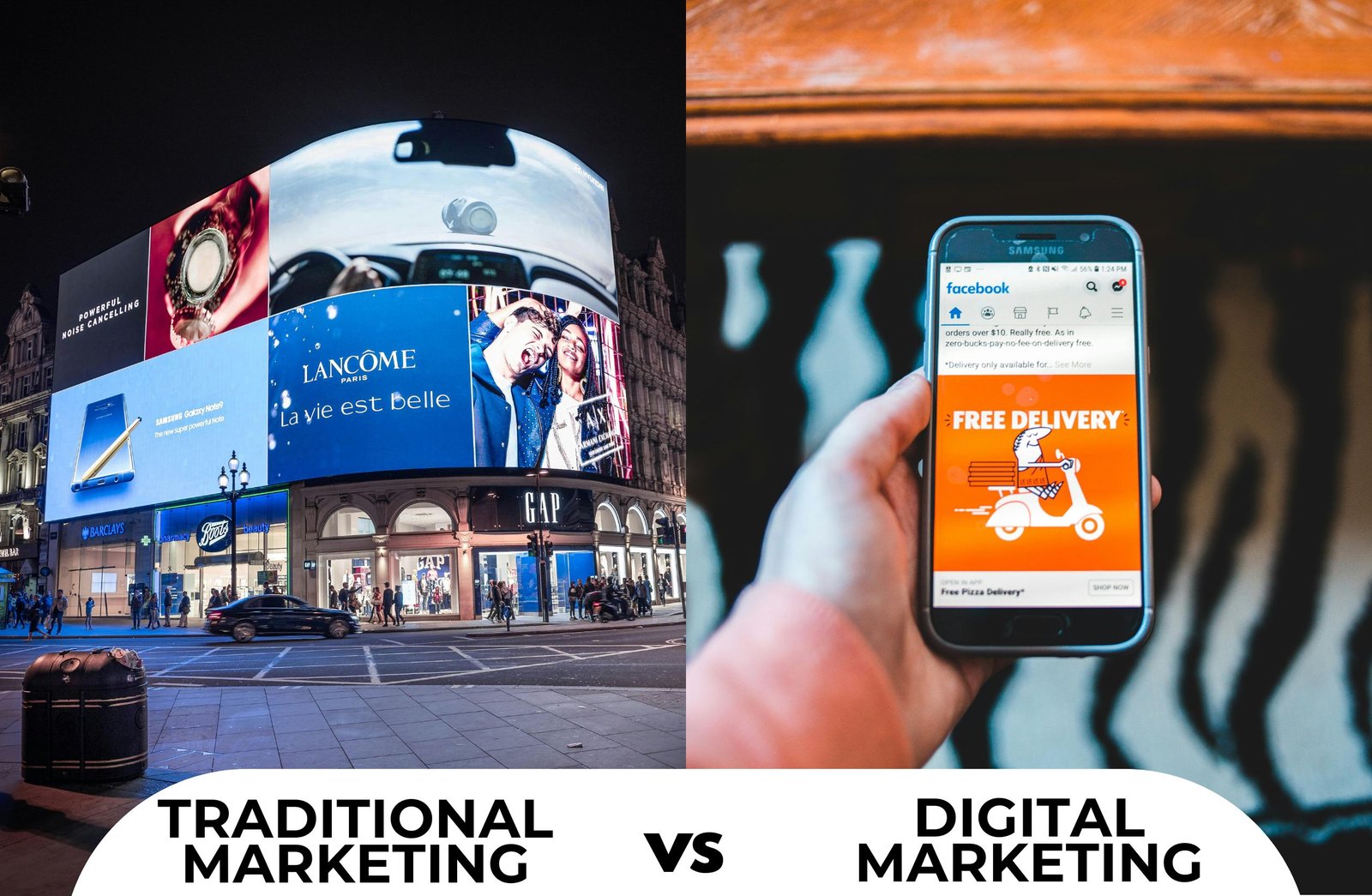Customer Behaviour in Digital Marketing: Key Insights & Trends
Understanding customer behaviour in digital marketing is not just a trend but a powerful tool that can significantly impact your business strategy. As more customers shift their interactions to the digital realm, the ability to comprehend their actions, preferences, and decision-making processes becomes a game-changer for creating targeted marketing efforts. With digital platforms becoming the primary avenue for purchasing decisions, businesses that align their strategies with customer behaviour can achieve higher conversion rates, build stronger brand loyalty, and create lasting relationships with their target audience. This article will delve into the various factors influencing customer behaviour, key trends shaping the landscape, and actionable strategies businesses can use to optimize their digital marketing efforts. By the end, you’ll be equipped with the knowledge to navigate this dynamic field, feeling empowered and in control of your business’s digital destiny.
What is Customer Behaviour in Digital Marketing?
Customer behaviour in digital marketing refers to the study of how consumers interact with online content, platforms, and advertisements to make purchasing decisions. This behaviour encompasses various actions, such as browsing patterns, social media interactions, engagement with digital content, and buying habits. Each step in a customer’s digital journey provides valuable insights into their preferences and needs, which businesses can use to refine their marketing campaigns.
The digital world is not just a collection of touchpoints but dynamic arenas where customers interact with brands. This makes it crucial for businesses to understand these touchpoints and align their strategies accordingly. Whether through organic search, social media, email, or paid ads, customer behaviour guides how brands can best engage with their audience and deliver a personalized, relevant experience. These digital platforms are not just tools but dynamic arenas where businesses can connect with their audience, making understanding customer behaviour even more vital. The urgency and importance of this understanding cannot be overstated in the ever-evolving digital landscape.
Key Factors Influencing Customer Behaviour Online
Several factors contribute to shaping customers’ behaviour in the digital realm. These factors can be categorized as psychological, personal, social, and technological influences.
1. Psychological Factors
-
- Perception: Whether positive or negative, customers’ perceptions of a brand influence their online interactions. Online content, such as reviews and user-generated content, plays a significant role in shaping brand perception. For example, a positive review from a peer may increase trust in a brand, whereas negative feedback can drive potential customers away.
-
- Motivation: Consumers are driven by various emotional and rational triggers when purchasing online. Emotional motivations may stem from desires for self-improvement, status, or instant gratification, while rational motivations are often based on product quality, price, or utility.
-
- Learning & Experience: Past experiences with a brand have a lasting impact on consumer behaviour. If customers have had a positive experience with a company, they are more likely to return and recommend the brand to others. Conversely, negative experiences may result in lost trust and future purchases.
-
- Attitudes & Beliefs: Customers’ beliefs and attitudes about a brand or product can heavily influence their purchasing decisions. For instance, customers may hold strong views about sustainability, leading them to prefer brands that align with their ethical beliefs.
2. Personal Factors
-
- Demographics: Age, gender, income level, education, and geographic location all impact online purchasing behaviour. Younger customers may be more inclined to engage with social media marketing campaigns, while older demographics may prefer email marketing or in-depth product reviews before making a purchase.
-
- Lifestyle & Interests: Personal interests and lifestyle choices drive engagement with brands. A business that tailors its messaging to a consumer’s hobbies, activities, or interests is more likely to foster a deeper connection. For example, a fitness brand may focus on customers interested in health and wellness, offering personalized fitness tips or equipment recommendations.
-
- Income Level: A customer’s financial situation can influence the products and services they purchase. Understanding income levels allows businesses to segment their audience and offer personalized product suggestions that align with their budget.
-
- Occupation & Social Class: A consumer’s occupation and social class also shape purchasing decisions. Higher-income customers may be more likely to purchase premium or luxury products, while working-class individuals may focus more on cost-effective or essential items.
3. Social Factors
-
- Influencer & Peer Recommendations: Social proof is one of the most significant factors influencing customer behaviour. Consumers often look to their peers and influencers for advice and validation. Positive recommendations from social media influencers or friends can drastically increase a brand’s credibility and trustworthiness.
-
- Social Media Engagement: The role of platforms like Instagram, Facebook, LinkedIn, and Twitter in shaping customer behaviour cannot be overstated. Customers often engage with brands through these channels by liking, sharing content, or reading reviews. Brands that maintain an active and engaging social media presence are more likely to attract and retain customers.
-
- Family & Friends: Family and friends’ recommendations continue to be powerful motivators in online purchasing decisions. Customers may be influenced by the opinions of people in their close circle, often seeking validation before committing to a purchase.
-
- Cultural Influences: Cultural factors, such as regional preferences, values, and traditions, can heavily shape consumer behaviour. Businesses need to consider these cultural aspects to create tailored marketing messages that resonate with their audience.
4. Technological Factors
-
- Device Usage: A customer’s device can affect their online purchasing behaviour. Mobile shoppers prefer quick and seamless browsing experiences, while desktop users may have the time and space to engage with more detailed content and longer forms of media.
-
- AI & Personalization: Artificial intelligence (AI) has revolutionized digital marketing by enabling highly personalized experiences. AI-driven tools can analyze a customer’s browsing history, preferences, and past behaviour to offer tailored product recommendations, creating a more engaging and relevant shopping experience.
-
- Data Privacy Concerns: With growing concerns over data privacy, customers are more cautious about how their information is used. Trust is crucial for businesses in the digital space. Ensuring that customer data is secure and transparent in its usage can build confidence and foster long-term customer relationships.

Digital Customer Journey
The customer journey is the process through which consumers move from the awareness stage to the decision-making process, eventually leading to post-purchase behaviour. This post-purchase behaviour includes leaving a review, recommending the product to others, or making a repeat purchase. Understanding this journey and the various touchpoints where businesses can engage with customers is crucial for businesses aiming to optimize their digital marketing strategies.
1. Awareness Stage
-
- At this stage, customers first discover a brand or product. They may see it through search engines, social media, or paid advertisements. SEO-optimized content, video marketing, and influencer collaborations significantly generate awareness and introduce a brand to a broader audience.
2. Consideration Stage
-
- Customers evaluate options, read reviews, and compare features during this phase. They are likely to interact with various types of content, such as product demos, informative blog posts, and customer testimonials. Retargeting ads, email marketing, and social proof are beneficial during this stage to nurture leads and keep the brand at the forefront of the mind.
3. Decision Stage
-
- The decision stage is when a customer is ready to make a purchase. Offering a seamless, user-friendly checkout experience is critical to converting potential customers into actual buyers. Additionally, providing live chat support can help resolve last-minute concerns or questions, increasing the likelihood of conversion.
4. Post-Purchase Behaviour
-
- After a purchase, customers may share their experiences, leave reviews, or engage in repeat purchases. Loyalty programs and personalized follow-up emails can encourage customer retention. Proactive customer service also plays a vital role in ensuring satisfaction and resolving any issues, leading to a more positive brand reputation.

Digital Marketing Strategies to Influence Customer Behaviour
Understanding customer behaviour is only half the battle; the other half is implementing strategies that effectively influence this behaviour. Here are some digital marketing strategies to help businesses optimize their approach:
1. Search Engine Optimization (SEO)
-
- High-quality, SEO-optimized content with long-tail keywords can drive organic traffic to your site. Additionally, local SEO ensures your business is visible to customers in specific locations.
2. Content Marketing
-
- Engaging content, such as blog posts, videos, and infographics, is pivotal in educating customers and answering their questions. Creating valuable and relevant content helps establish your brand as an authority in your industry.
3. Social Media Marketing
-
- Social media platforms are perfect for engaging directly with customers. Running targeted ad campaigns, leveraging influencer partnerships, and interacting with followers can enhance brand visibility and trust.
4. Email Marketing & Retargeting
-
- Personalized email campaigns based on customer behaviour can drive conversions. Similarly, retargeting ads can remind users of products they previously viewed or abandoned in their shopping carts.
5. User Experience (UX) Optimization
-
- A seamless, mobile-friendly website with fast loading speeds enhances the overall customer experience, leading to higher engagement and reduced bounce rates. Conducting A/B tests can help optimize site performance.
6. Conversion Rate Optimization (CRO)
-
- You can increase conversion rates by using persuasive copy, clear CTAs, and offering various payment options. Social proof, such as customer testimonials, can also build trust and credibility.
7. Influencer & Affiliate Marketing
-
- Collaborating with influencers and launching affiliate programs can extend your reach and foster customer trust. Tracking performance metrics helps optimize strategies for better results.
8. AI and Chatbots
-
- AI-powered tools, including chatbots, provide instant customer support and personalized product recommendations, enhancing the shopping experience.
Conclusion
Studying customer behaviour in digital marketing is not just a trend but a crucial strategy for businesses looking to stay competitive in today’s online marketplace. By understanding the various psychological, social, personal, and technological factors influencing customer decisions, brands can optimize their digital marketing strategies to meet customer needs. Whether it’s through SEO, content marketing, social media engagement, retargeting ads, or advanced AI technologies, businesses can create a more personalized and practical marketing experience, ultimately driving customer engagement, conversions, and long-term loyalty.







